By Greg Kline
For MarylandReporter.com
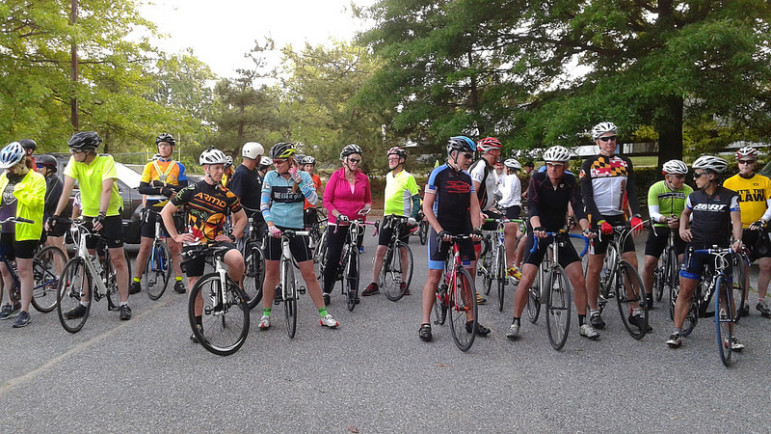
Bicycles in Annapolis by Ken Mayer with Flickr Creative Commons License.
As the 2016 session of the Maryland General Assembly continues, a number of high profile issues have dominated media coverage and public discussion. Often lost to the public’s attention is the promotion of various agendas by a wide variety of special interests groups in Annapolis.
One such special interest group is recreational cyclists. If you have followed my writings at Red Maryland, you know that I have tracked the growing phenomenon of cycling for a number of years.
As more and more cyclists take to the roadways, they have organized into a potent special interest group which has effectively sought to manipulate the coverage of cycling related stories in local media. Simultaneously, the cycling lobby has become quite effective in advancing their agenda at all levels of government.
Just this year, the cycling lobby has convinced the Maryland Department of Transportation to open the Hatem Bridge in the northeastern part of the state to bicycles. This is an unprecedented move; no bridge without shoulders has ever been approved for bicycle traffic, and transportation officials admitted that traffic congestion will worsen with bicycles sharing lanes with automobiles.
State transportation regulators relented to cycling interests, in part, because this bridge was part of an interstate memorial trial in which cyclists rode from the Pentagon to the World Trade Center site in New York.
But the decision regarding the Hatem Bridge is just the tip of the iceberg. In Anne Arundel County, as an example, cycling organizations have convinced County Executive Steve Schuh, noted as “an amateur cycling enthusiast” himself in media reports, to budget millions of dollars in road funds for more cycling trails, bike lanes and bridges and establish a commission to determine what more can be done by the county to promote cycling.
I have chronicled over the years that other localities have sought to change laws and spend public tax monies to encourage “cycling tourism” and get more cyclists to ride predominantly rural highways throughout the state. Federal funds too are being sought to subsidize local bike-share programs unable to be self-sufficient despite the fact that most cyclists using the program are affluent and make six figure salaries.
Cycling lobby’s busy State House agenda
The cycling lobby has a busy agenda also for this year’s General Assembly session. According to the Washington Area Bicyclist Association, the “Bike Bills” they are advancing include HB 214 which would eliminate the current exception in state law allowing motorists to pass cyclists with less than a three foot clearance if the lane is too narrow to provide such a buffer, as most roads and highways do not.
Even more, cyclists are seeking the passage of HB 426 which would repeal the requirement that cyclists ride in specially designated cycling lanes. In other words, cyclists, while pushing for more tax money to construction of bike lanes, want to ride in the same lanes with cars and trucks even where specialized bike lanes are available.
Chances are you never read about any of this before. These efforts, though, have real consequences. More and more of our limited transportation dollars have been spent on promoting what arguably amounted to nothing more than an avocation or preferred form of exercise for most cyclists. However, cycling is being accepted by more and more policymakers of both parties as a reasonable transportation and health policy alternative without evidence.
But common sense and a growing amount of data should disprove this notion. Encouraging more cyclists on the road with cars is not going to reduce traffic congestion, especially for commuters coming from suburban and rural parts of the state. This is particularly true when cyclists seek to pass legislation making it more difficult for motor vehicles to pass them and resist efforts to keep cycling traffic in designated road lanes.
Absurd health policy
Likewise, enacting policies to put more bicycles on roads primarily designed for and used by motor vehicles is an absurd health policy. A recent study from the Journal of the American Medical Association surveyed information from the U.S. Product Safety Commission and found that, from 1998 to 2013, there was a 28% increase in adult cycling injuries with a shocking 120% increase in injuries requiring hospitalization.
Cycling deaths were not surveyed as part of the study, but it is hard to imagine a similar increase has not occurred. Critics of the study stated that these increases simply reflect increased ridership. But isn’t that the point? More cyclists on the roads with cars and trucks has never been proved to reduce traffic congestion but it has been shown to result in more injuries, hospitalizations and undoubtedly more deaths.
The cycling lobby has been able to stop any real public discussion about the negative consequences of the policies they advance. They tout the health benefits from cycling and insist that more bikes on the roads with cars and trucks can be made safe with new laws, most curtailing the liberty of drivers.
They persist in what the New York Daily News so brilliantly referred to as a belief that cyclists belong to a privileged class that owns the road by virtue of being environmentally friendly and physically fit.
Through their organized special interest lobbying efforts this belief is now becoming embodied in the law and in public policy at every level of government.
Greg Kline is a founder and senior editor of RedMaryland.com as well as the general manager of the Red Maryland Network. Greg is also an attorney practicing in Severna Park. He can be reached at [email protected] or 410-541-6384.

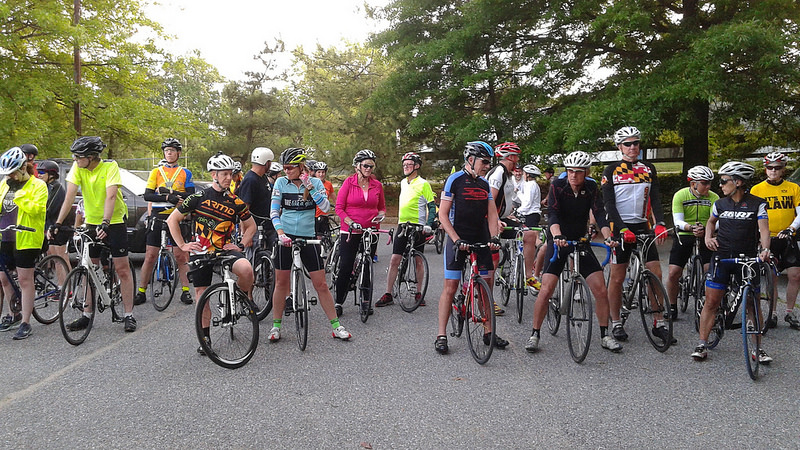

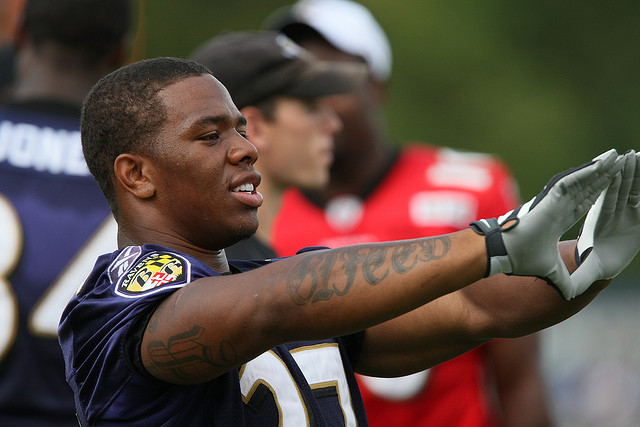
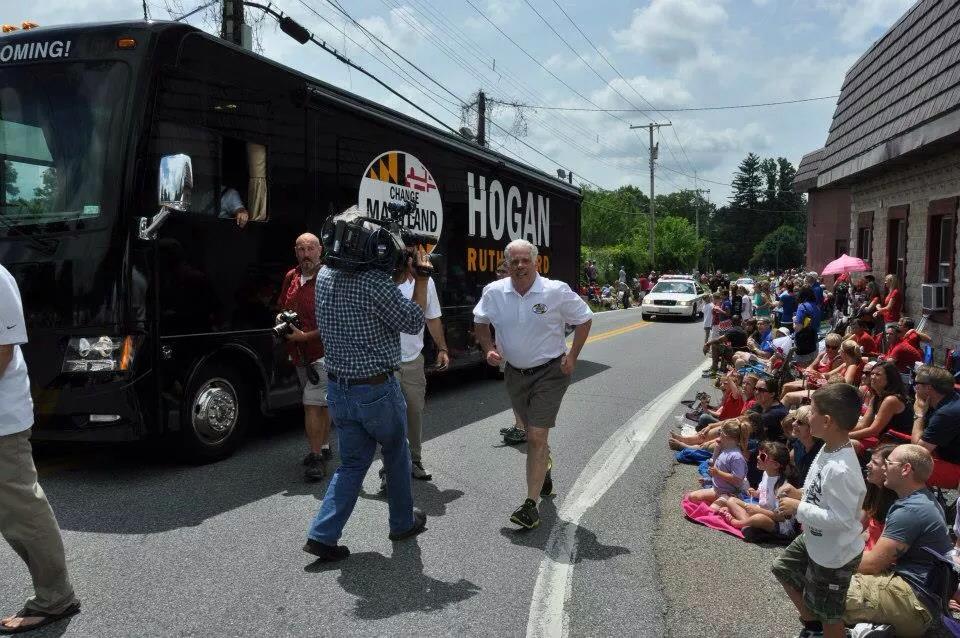
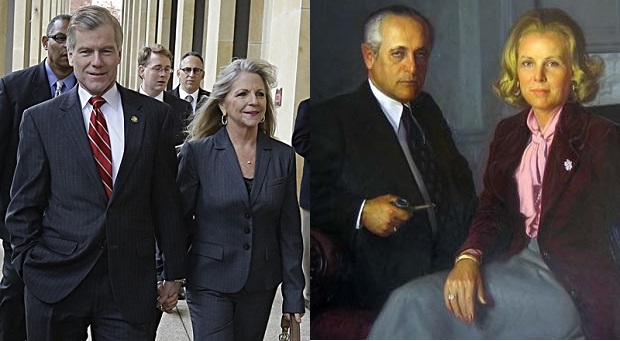

“This is an unprecedented move; no bridge without shoulders has ever been approved for bicycle traffic” – Is this really true? Never been done before?
People who ride bikes don’t do it only for recreation. People who ride bikes do it to shop, to get to work, to go out to restaurants. When it is not safe for people to do these things the economy suffers. Supporting better access to business is a cause everyone should get behind. It makes the world a better place.
Stop whining…
The National Safety Council reports that motor vehicle deaths were up by 8% in 2015. If bicyclist deaths are caused by too much bicycling, then clearly a sharp increase in motorist deaths must indicate that there is too much driving.
Motor vehicle deaths were up by 8% in 2015. Perhaps we should be worried that people are driving too much, and not just that they are bicycling too much. http://www.nsc.org/Connect/NSCNewsReleases/Lists/Posts/Post.aspx?ID=103&var=hp4
Oh God – the “roads are for cars” circa 1955 grandpa types are engaged in spades here. I bet it was one of you that roared up behind me in your diesel F150 last Saturday in Davidsonville, wasn’t it? You noobs do understand that over 90 percent of cyclists also have registered and licensed vehicles, yes? Only difference is that we are getting fit and you are getting fatter and angrier.
And we’re getting smarter, too; we now have cameras, fore and aft and our advocates love to collect from your negligent asses when you try to counter your 4000 lb smoke blower to our 180 pounds combined weight.
So yes – we’re here to stay, We’re 10 and one. Get off our roads.
Greg, I’ll agree that cyclists have become a special interest, and it is about time. State law has long held that cyclists have a right to the roadways, but the burden for safety has predominantly been on the cyclist. The reason for HB 214 providing a 3 foot buffer between an automobile and a cyclist on all roadways is because it is an important step to provide for the safety of cyclists, and motorists should share in that responsibility. Three feet is not hard to accomplish, and usually may delay a motorist only about 10 seconds of travel time. There is no good reason to exempt any roadways where cycling is permitted from this rule. It is less costly than building out the shoulder infrastructure on these narrow roadways. HB 426 repeals a completely impractical law, as demonstrated in New York City. Restricting cyclists to “designated bike lanes” often increases the risk to cyclists, especially when these designated bike lanes are not well maintained and often full of dangerous debris, frequently run within the door zones of parked cars, in urban areas are often blocked by parked vehicles, or traverse through right turn lanes. Sometimes the safest place for a cyclist is in the roadway, and current state law allows this. With good cycling infrastructure (which doesn’t have to be expensive) AND cooperative drivers, all people benefit. This isn’t about motor vehicles vs. bicycles. It is about being a good neighbor and sharing resources. By the way, you left out HB 848 which would prohibit intentional “rolling coal”, a dumping of excessive thick diesel exhaust on persons or vehicles … very often cyclists. Laws get implemented when people consistently infringe on the rights of others.
Problem with added bike lanes is that they take three feet out of existing roadways. If the state were to put separate bike lanes on the sides of new roads or widened roads, all could share the roads at different speeds.
The Maryland Legislature has pleaded lack of funds when it comes to adding separate bike lanes to new road construction Currently, Annapolis politicians favor public transit, as opposed to widened or new roads with bike lanes!
Save yourself another DUI and put down that beer while you’re driving and crying about a guy riding his bike to work Greg, or the next time you get pulled over you’re gonna be that guy on the bike.
Never had a DUI. What are you saying about cyclists?
Bicyclists need to learn how to ride in traffic and obey all traffic rules, as US roads were never designed for bicycles. Bicycles taking cars off the road is like the fairy tale of “Cash for Clunkers” having an effect on gas mileage and air pollution.
Bicyclists don’t own MD roads!
Car drivers also need to learn to drive in traffic and obey all traffic rules. As a cyclist I’m on the roads a great deal. I watch car drivers exceed the speed limit consistently, run stop signs and red lights often, fail to signal their intentions, and drive in inclement/dark conditions without headlights all the time. Motor vehicles also don’t own MD roads. The roads are “owned” by Maryland residents and state laws gives motorists and cyclists access.
Then, you and your fellow bicycle riders should be licensed and your bikes registered, just like motorists…
And Maryland drivers are moronic… As a disciplined driver who is aware of driving conditions and situations at all times. I’ve seen the same things and the only time that I can relax while driving is on roads where I don’t see anyone for a hundred miles…
The purpose of license and registration of bicycles would accomplish what? Licensed drivers don’t follow the laws, so that can’t be it. Taxes for road use? How much damage to roadways do bicycles create at 200 lbs (including rider) compared to 2500 lb motor vehicles? Did you know gas taxes and license & registration fees cover only a small part of the cost of roadway infrastructure? The majority comes from other taxes we all pay.
They should be licensed and their bicycles registered just like automobile, motorcycle, etc. drivers… And pay the fees to help upkeep
the roads, just like the rest of us…
They should also take the driver’s licensing course to learn how to share the roads since they apparently don’t know how to do so ( riding side-by-side, etc. )…
Cyclists do pay fees for road upkeep as we generally also own motor vehicles. The wear and tear on roadways due to bicycle use is not measurable because it is so small. Using your logic, pedestrians should be licensed, registered, and taxed for the infrastructure of crosswalks. Riding side by side is legal. It also allows motor vehicles to get around a group with less distance covered. I’m sorry that you are irritated by others legally sharing roadways.
I’m not irritated with bicyclists “sharing the road”… It’s the fact that they don’t move over or bicycle single file, etc.
As for sidewalks… Most decent people respect others when sharing the sidewalks… Note that I said MOST…
There are jerks in all situations and motorists, bicyclists, motorcyclists, illegal dirt bikers, and unlicensed ATV riders all play a part…
I’m disabled and seeing non-disabled drivers using handicap spaces infuriates me…
Inconsiderate morons…
Such outlandish bias! What is it about cycling that gets Greg’s goat?
Cyclist issues are being considered in Annapolis because there are an increasing number of cyclists that vote and a decreasing number of drivers that vote. Incumbents like to be re-elected.